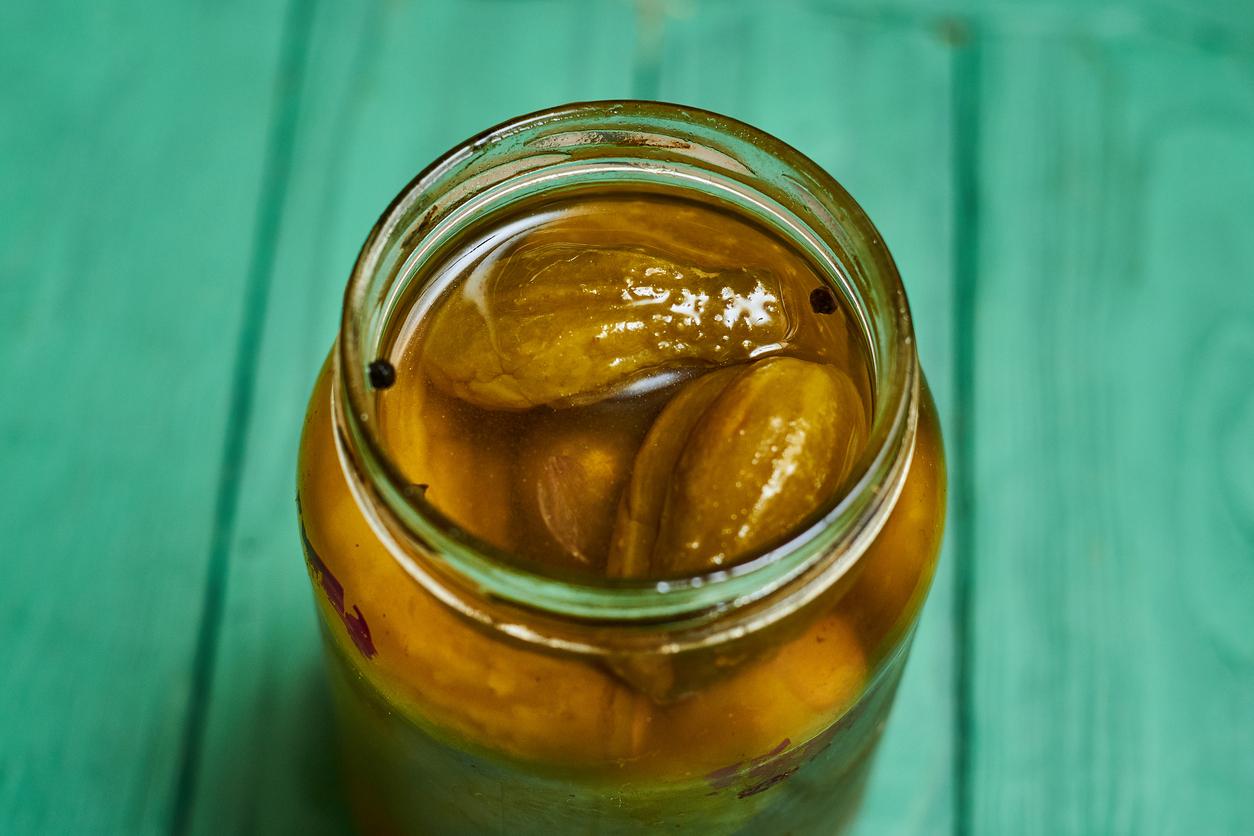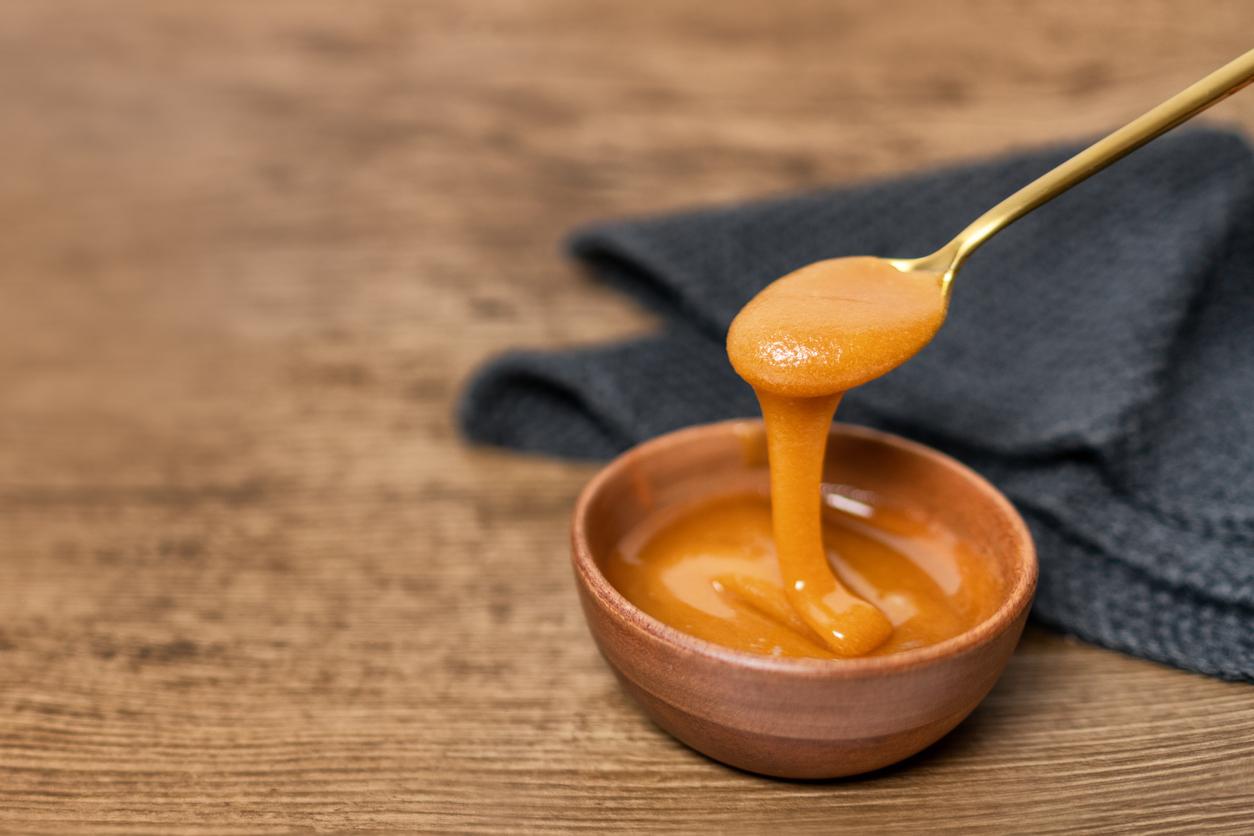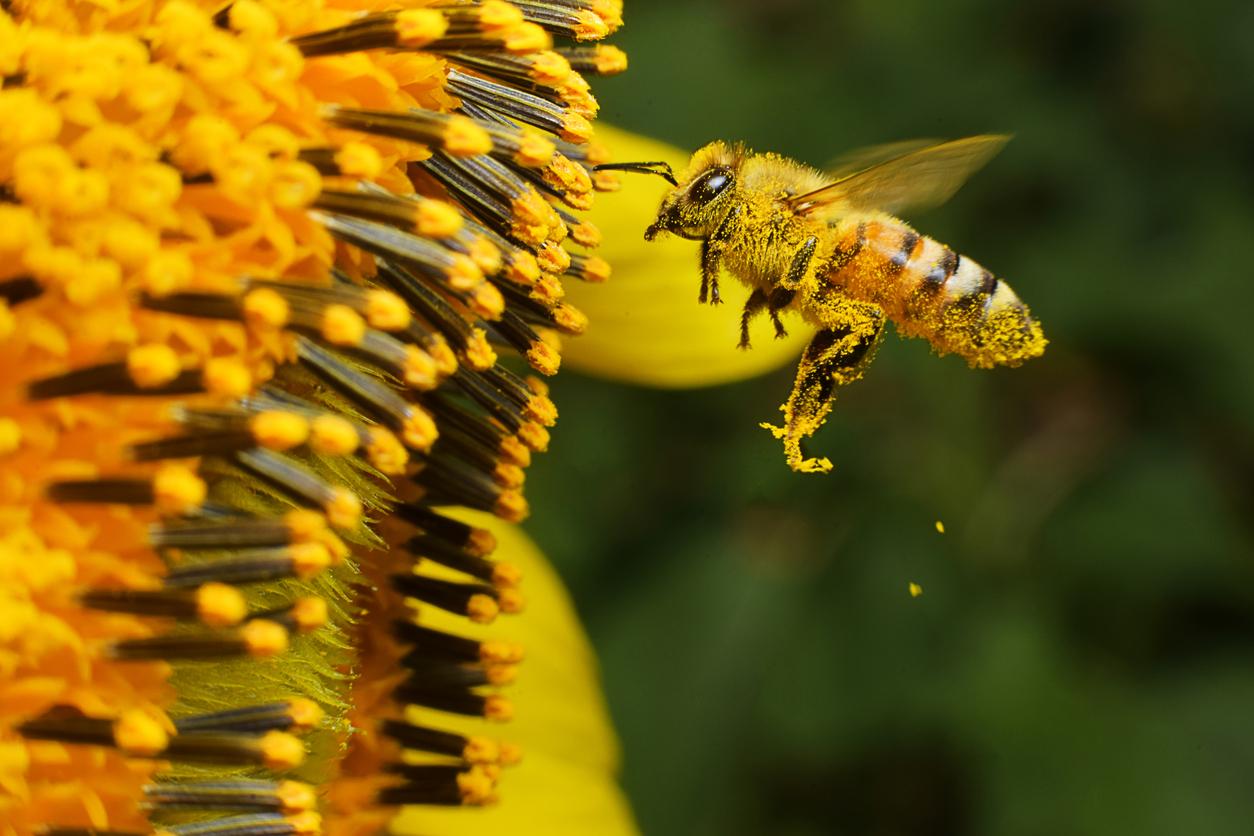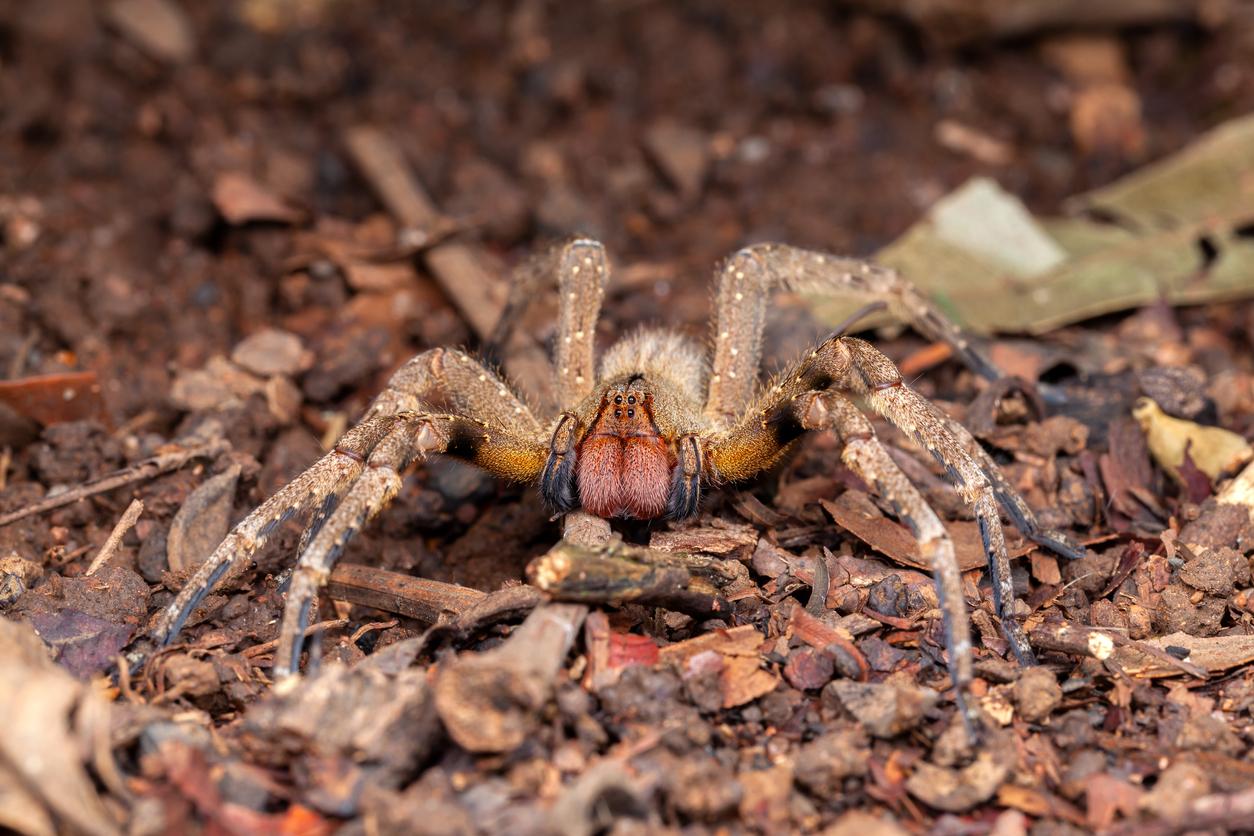Honey, pollen, royal jelly, wax, propolis and even venom… This Wednesday, May 20, World Bee Day, is an opportunity to focus on apitherapy: the therapeutic use of bee products.

- Apitherapy is the therapeutic use of bee products
- Many hospitals use this practice in France
- Limoges University Hospital introduced honey to its therapeutic arsenal in the 1980s
Little known to the general public, apitherapy is widely used in certain hospitals, notably at the University Hospital of Limoges where the very late Professor Bernard Descottes introduced it in 1984. “The healing of cavitary wounds with loss of substance (i.e. deep, without epidermis, editor’s note) went faster with honey than with an antiseptic product”he had observed while studying the virtues of honey.
The virtues of honey
This inexpensive method, whose properties antibacterial, antiseptic, healing and anti-inflammatory have been proven in several studies in vitrois now used in the digestive surgery department headed by Professor Descottes until his death in 2009, as well as in intensive care, orthopaedics, traumatology, gynecology and obstetrics.
Ghislaine Pautard, nurse, and Laurent Arnaud, pharmacist told The mountain in 2018, that this “therapeutic honey” was “different”. “We drew up a charter, which we are developing today, and which asks the beekeeper to respect certain standards, particularly in the maintenance of his hives, in the products he uses. Then, we analyze the honey we receive”, in particular to ensure that it does not contain germs, yeasts and few bacteria. “It must be as little contaminated as possible by the intermediate manipulations.”
For 25 years, “therapeutic honey” has been used to treat many wounds, including “abdominal, on restorations of continuity, that is to say the wound which remains at the level of the placement of the stoma or even operated sacrococcygeal cysts”. Doctor Albert Becker, honorary president of the Francophone Association of Apitherapy (AFA) has applied honey to the wounds of its patients for years. “At the Georges-Pompidou hospital in Paris, ENT surgeons dipped tracheostomy tubes in honey to prevent infections in immunocompromised cancer patients.he explains.
The therapeutic use of propolis
Propolis (or bee glue) is a resinous substance that bees make from organic liquids recovered from certain plants, which they enrich with their salivary secretions and wax to protect their hive from environmental microbes. Nicknamed “natural antibiotic” thanks to its antimicrobial, antiviral and antifungal properties, propolis is used in the treatment and prevention of certain diseases of the respiratory tract and ENT, to strengthen the immune system, treat skin conditions (mycosis, herpes, etc.). .) or cleaning and repairing wounds and wounds.
“It is rich in more than 300 active molecules, including antiviral, antibacterial, antitumor compounds, which give it a therapeutic potential that can be used in human medicine”explain to women’s diary Françoise Sauvager, lecturer and former researcher in the microbiology laboratory of the Faculty of Pharmacy of Rennes.
Its potential is such that propolis “potentiates chemotherapy and radiotherapy treatments. It reduces their undesirable effects, while stimulating immunity and increasing survival time and patient comfort. Its antioxidant and anti-inflammatory properties are used to allow some patients to complete their treatment”says Françoise Sauvager.
The healing properties of a poison
As surprising as it may seem, bee venom also has therapeutic properties. “To sum up, its properties act in joint pathologies, in oncology, in neurology, in particular concerning multiple sclerosis and Parkinson’s disease, in infectiology with applications for destroying HIV virions or even in allergology and with regard to the treatment of asthma”explains to Lorraine Republican Jules Girard, doctor of pharmacy in Besançon and author of a thesis entitled The bee and its venom: from the sting to a therapy of the future.
Bee venom is administered in a personalized way, that is to say adapted to each patient, by “three types of administration: by micropuncture, where the stinger is used like an acupuncture needle to prick in different predefined places; the mini-sting, which consists of stinging the bee and immediately removing the stinger using pliers; and finally the entire sting where this time the stinger is driven into the skin, allowing it to consistently deliver 90% of its venom in one minute.”
Of course, the use of apitherapy must be supervised by experts, whether the application of honey to wounds, the use of propolis or the administration of venom. Nevertheless, knowing that it is possible to combine apitherapy with other treatments, even heavy ones, can increase the chances of recovery.
.

















